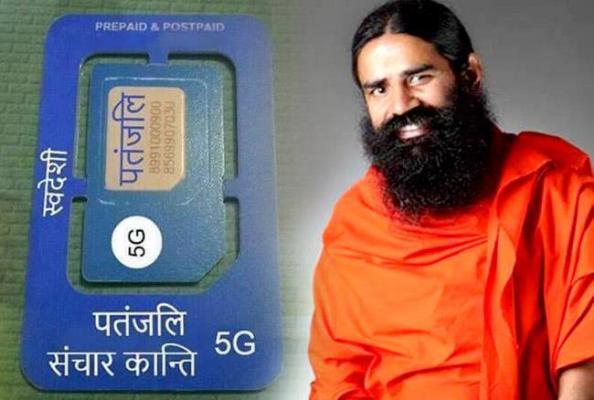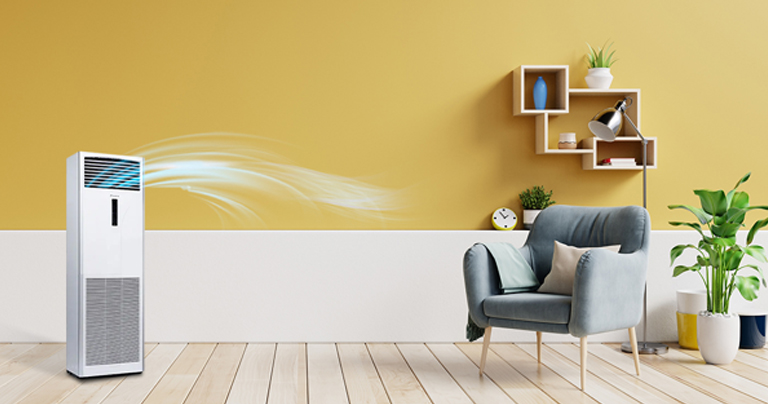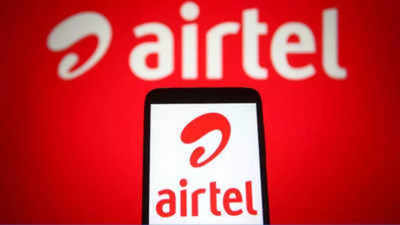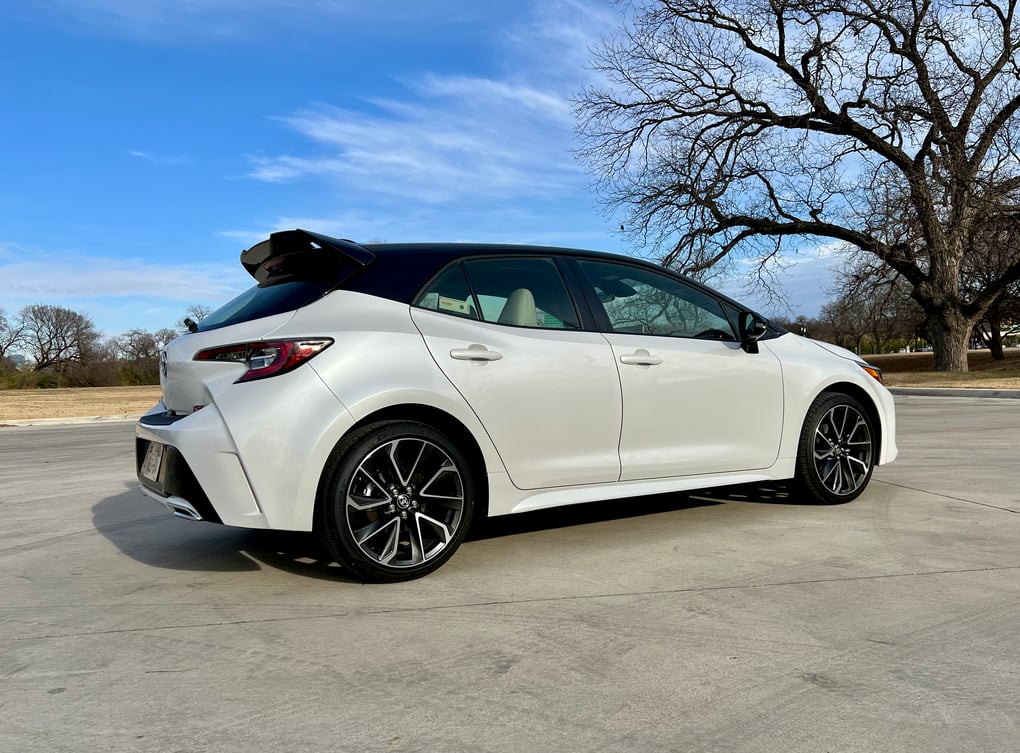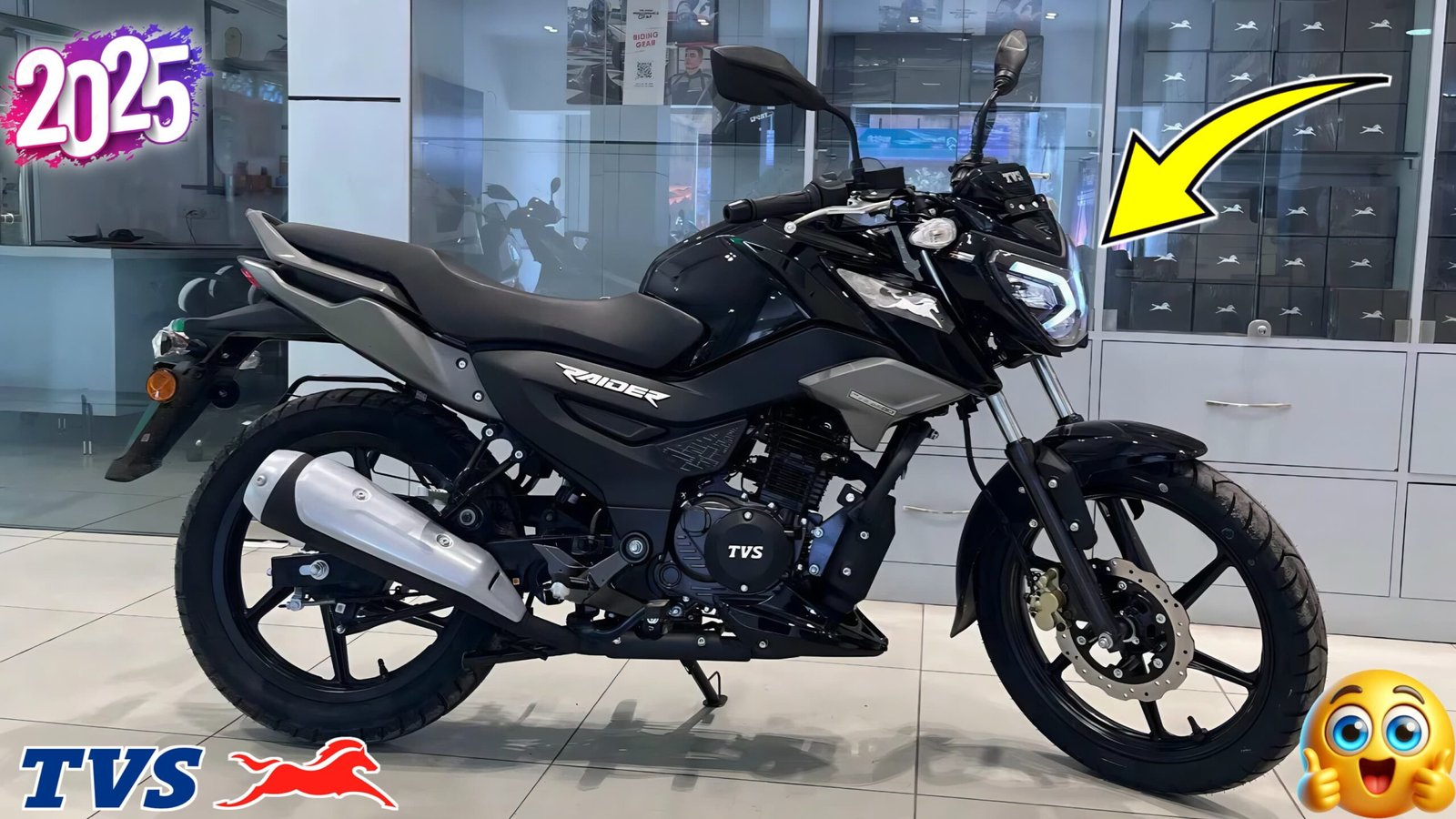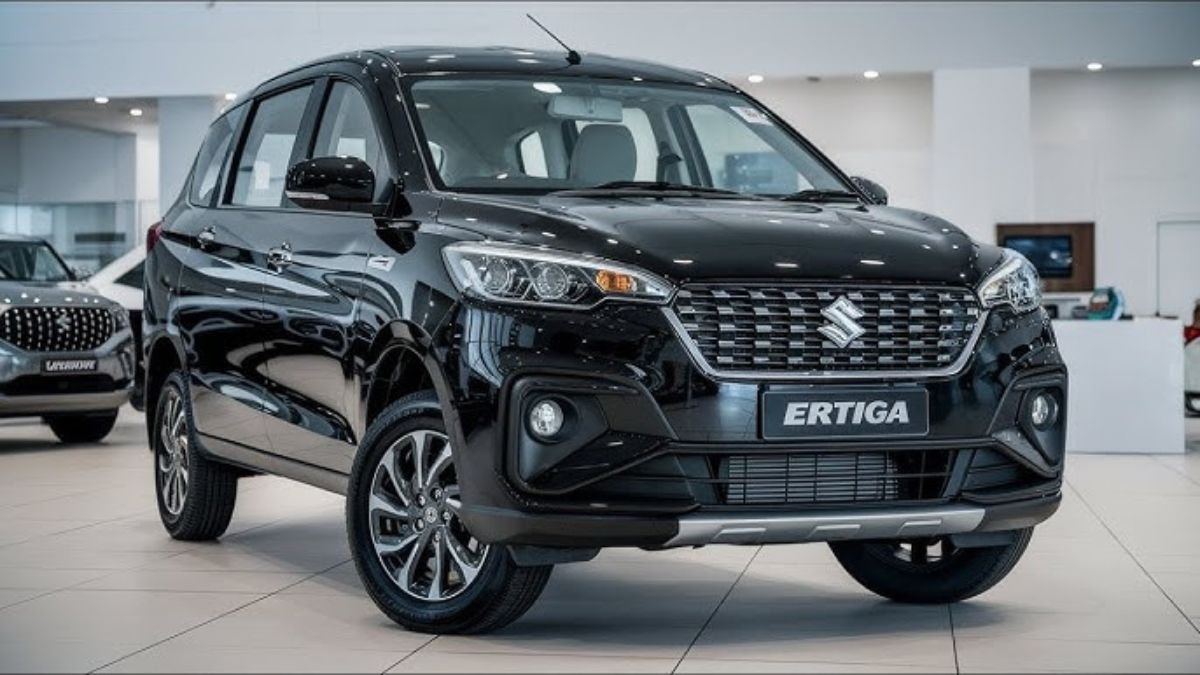Rising electricity prices are driving Indian households towards solar. Especially in intense summer, using an air conditioner becomes costly. Solar panels offer a sustainable alternative. With the right system, you can run your 1.5-ton inverter AC day and night without worrying about electric bills.
How Much Power Does a 1.5-Ton Inverter AC Use?
A typical 1.5-ton inverter AC consumes approximately 1.4 kW per hour. Running it continuously for 24 hours consumes around 35 units (kWh) of electricity daily. Other devices—like lights, fridge, and fans—add to this. To offset this consumption, your solar setup must produce at least 35 units every day.
How Many Solar Panels Do You Need?
In sunny Indian cities, 1 kW of solar panels can generate about 5 units daily. To produce 35 units, you need roughly 7 kW capacity—which translates to 7–8 panels of 1 kW each (roughly 330–400 W panels).
With good sunlight, these panels may generate up to 40 units daily, covering your AC and other home appliances completely.
Cost of a 7 kW Solar System
A 7 kW solar rooftop system typically costs around ₹7–8 lakh in India. This includes panels, inverter, wiring, load mounting, and installation charges.
Considering zero electricity bills and low maintenance, the setup pays for itself over time, often in 5 to 7 years.
How to Run AC at Night? The Hybrid Solar Solution
Solar panels produce during daylight. But cooling needs don’t stop at sunset. A hybrid grid-tied solar system offers a smart solution. It works like this:
- Solar panels generate power during the day.
- Surplus units are exported to the grid.
- At night, electricity is imported back from the grid.
This method allows you to use solar-generated energy 24/7 without investing in expensive batteries.
System Components and Setup
To build an effective system, you will need:
- 7–8 Solar Panels (330–400 W each) generating around 7 kW.
- Hybrid Solar Inverter (7 kW or higher capacity) to manage solar input and grid interaction.
- Mounting Structure and proper wiring for rooftop installation.
- Net Metering system to track power exported and imported.
- Installation Charges and electrical safety components.
Benefits of the Setup
- Zero Electricity Bills: Save ₹5,000–8,000 per month during peak season.
- Reliable Cooling: Run AC and appliances even during peak usage.
- Eco-Friendly Living: Reduce CO₂ emissions drastically.
- Long-Term Savings: Low maintenance with a lifespan of 25 years.
- No Battery Needed: Avoid costs and degradation related to batteries.
Is it Right for You?
This system is best suited for:
- Households where AC runs 8–24 hours daily.
- Families in areas with strong solar radiation.
- Homes with rooftops available for panel installation.
- Villages or colonies with unstable grid supply.
If your AC usage is moderate or you already consume fewer units monthly, a smaller solar setup may be more sensible.
Maintenance and Longevity
Solar panels typically last 25+ years with minimal maintenance. Clean panels every few months to maintain efficiency. Hybrid inverters often come with 10–12 year warranties. Installation should be done by a certified provider to ensure safety and compliance.
Final Takeaways
Running your AC unit day and night using solar is possible and practical in India. A 7 kW rooftop system generates enough electricity daily, while a hybrid grid-tied setup ensures nighttime usage with zero extra cost. Though initial costs—₹7–8 lakh—may seem steep, the monthly savings and environmental impact make it a worthwhile investment.

